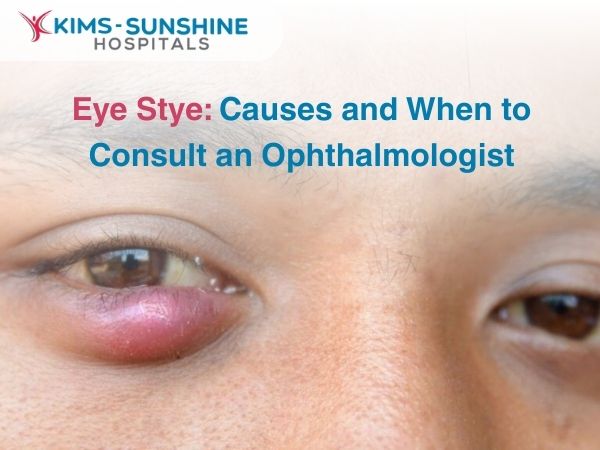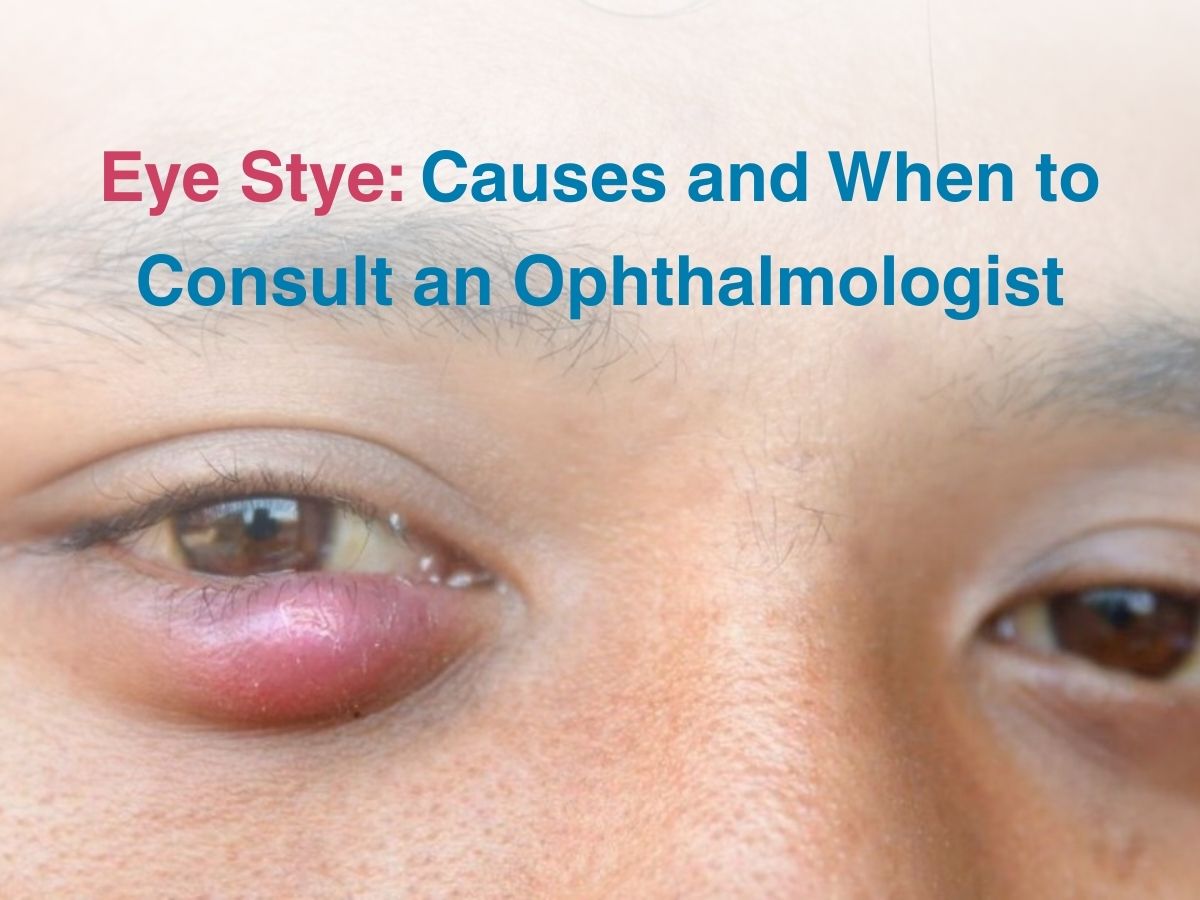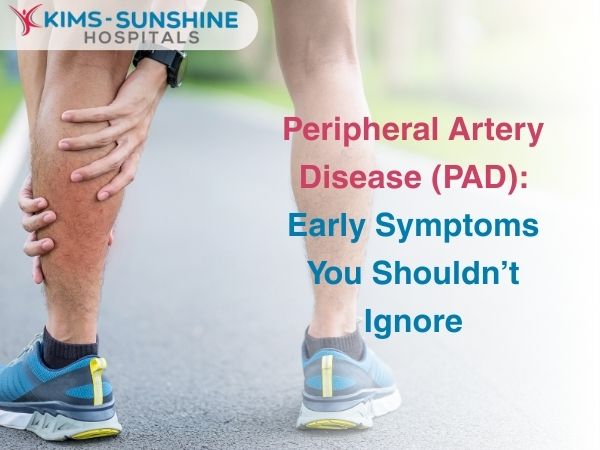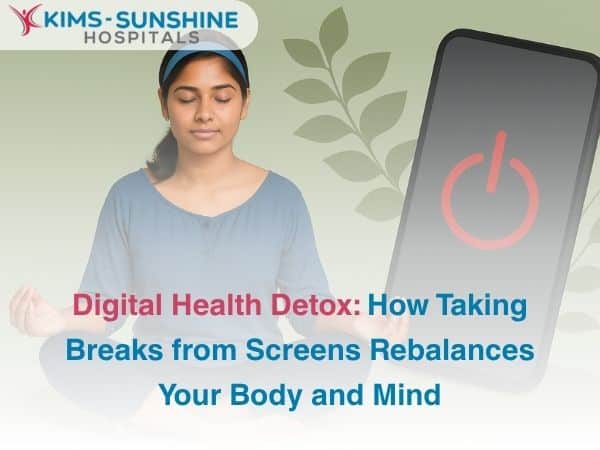
Eye Stye: Causes and When to Consult an Ophthalmologist
What Is An Eye Stye And Why Does It Form?
A stye is essentially a small, inflamed swelling that appears on the edge of the eyelid, often mistaken for a pimple but in reality triggered when common bacteria like Staphylococcus aureus find their way into the oil glands or lash follicles, where the warmth and natural moisture of the eyelid create the perfect breeding ground for the pathogen, causing irritation, swelling and that stubborn pain, which is considered normal for the condition.
When Should I See An Ophthalmologist For A Stye?
The good news is that most styes are self-limiting, meaning they resolve on their own within a week, provided you use warm compresses and resist poking or squeezing them. But, the line between harmless and harmful is thinner than people think, which is why knowing when to seek medical attention matters.
If the stye continues to grow beyond seven to ten days, if the swelling spreads to the entire eyelid or cheek, if your eye begins to water constantly or your vision turns blurry, or if the pain feels sharper than it should for a small bump, these are red flags that need an ophthalmologist’s evaluation; in India, especially, recurrent styes are sometimes the first outward clue of undiagnosed diabetes. This is because high blood sugar makes it easier for bacteria to flourish in oil glands present in skin.
Can I Pop A Stye Or Is It Dangerous?
Here lies the great temptation- because the stye looks ripe and ready to burst, many people believe that pressing or squeezing it will solve the problem instantly. DON’T do that! This impatience can push bacteria deeper into the eyelid, trigger larger infections like cellulitis, and even threaten the surrounding tissues of the orbit, which in extreme scenarios can escalate to hospitalisation.
The safest method is deceptively simple: warm compresses held against the eyelid for 10–15 minutes, four to five times a day, encourage the blocked gland to open naturally, relieving pain while allowing pus to drain on its own without force; this is both effective and risk-free, provided the cloth used is clean and warm rather than scalding hot.
What is rarely discussed but equally dangerous is the use of household “quick fixes”- some people apply toothpaste, herbal pastes, or even attempt to lance the stye with a needle at home, all of which do more harm than good. These unhygienic methods end up introducing new bacteria or chemical irritation into an already inflamed area; ophthalmologists often see worse complications from these “treatments” than from the stye itself, which is why restraint and patience are far safer than home surgery.
Conclusion
An eye stye is small enough to be dismissed yet uncomfortable enough to disrupt daily life. It is a reminder that even minor infections around the eye demand respect for the balance of hygiene, immunity and patience; most cases resolve with warmth and time, but the wisdom lies in knowing when to wait, when to seek medical help and when to avoid the urge to interfere, because the difference between a quick recovery and unnecessary complications often rests on these simple but powerful choices.







